In this chapter I address the theme of writing as material practice through a case study on Aegean clay tablets and the procedure of cutting them into smaller tablets. Rather than setting the scene with a full overview of Aegean Bronze Age writing, a task that is ably accomplished in Helène Whittaker’s contribution to this volume, I summarise the information most relevant to my topic. Helène informs us that Linear B was the oldest Greek script, and was preceded by another two major Aegean scripts, both mostly used in Minoan Crete and still undeciphered — Cretan Hieroglyphic Script and Linear A. The signaries of these three Aegean scripts, as well as the types of material surfaces on which they were inscribed, are more or less related. All three are syllabic scripts and employed mostly for writing down economic and other administrative matters of related societies (Shelmerdine and Bennet 2008; Tomas 2010; Younger and Rehak 2008: 173–177). Although many types of clay sealings were used for recording this administrative business, the clay tablet is the most prominent document type in Linear A and Linear B, whereas in Cretan Hieroglyphic it is present only in small quantities.
While the clay tablet is chosen as a focus of this chapter, it is important to stress at the outset that despite all being ‘clay tablets’, the three groups of documents — Cretan Hieroglyphic, Linear A and Linear B — display significant differences, as I have pointed out elsewhere (Tomas 2011). These differences concern physical features of the tablets (so-called pinacological features) and methods of organising text on them (epigraphical features), as well as semantic contents of the inscribed text. From all these a single pinacological feature has been selected for consideration here — the cut edges of clay tablets (with a special emphasis on Linear B tablets). The reason for such a narrow selection is motivated by the fact that some aspects of the practice of cutting clay tablets are among the most enigmatic of all pinacological features of Aegean clay tablets, yet they seem to reveal a very important administrative procedure, as will be elaborated below. Also this choice of topic fits particularly well the subject of this volume, since cutting of clay is a pre-eminently material practice, related to the specific material employed.
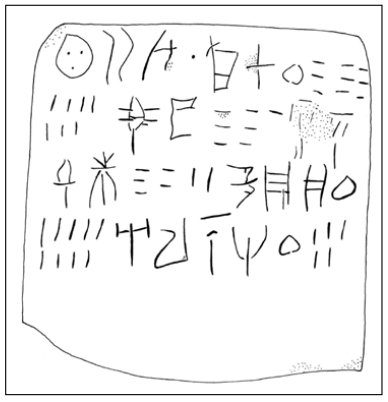
Figure 1: Linear A tablet HT 1, 6.60 × 7.00 cm (Godart and Olivier 1976: 2).
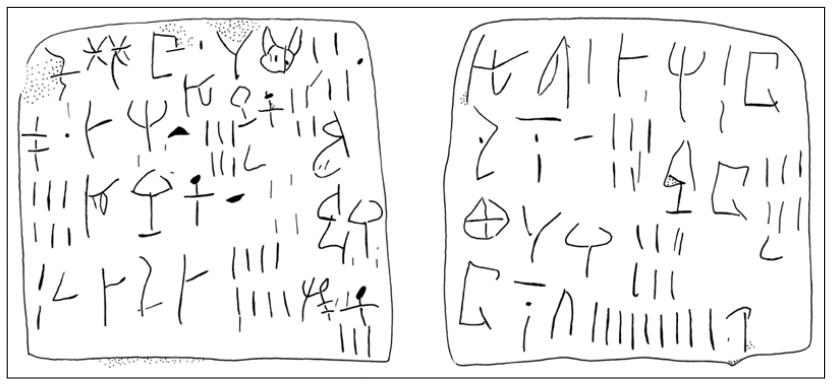
Figure 2: Linear A tablet HT 10, recto left (HT 10a) and verso right (HT 10b), 6.10 × 5.70 cm (Godart and Olivier 1976: 20).
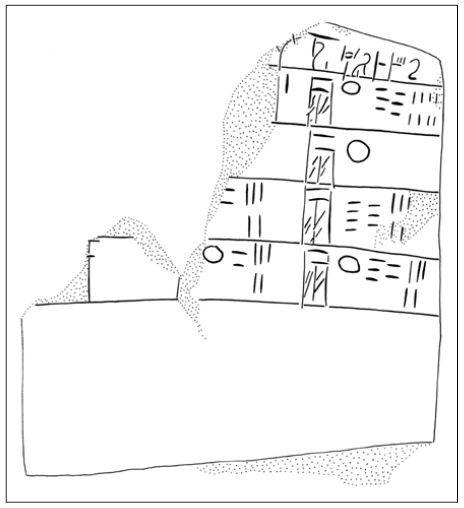
Figure 3: Linear B tablet KN Gm 840, 10.70 × 11.10 cm (Chadwick et al. 1986: 333).

Figure 4: Linear B tablet KN Vd 7545+137, 15.6 × 3.35 cm (Chadwick et al. 1997: 252).
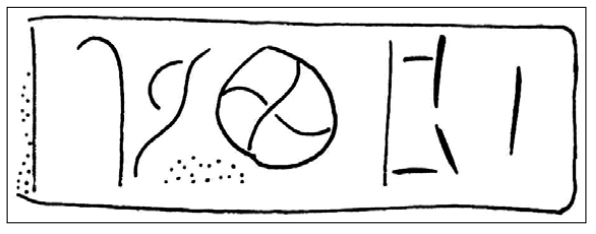
Figure 5: Linear B tablet KN Vc 64, 3.8 × 0.75 cm (Chadwick et al. 1986: 37).
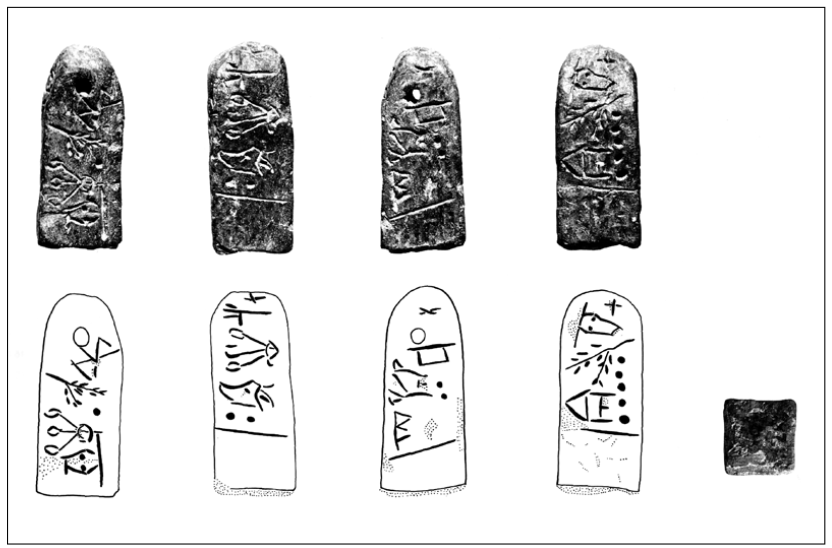
Figure 6: Cretan Hieroglyphic bar KN Hh (04) 02 / #057, 1.8 × 4.6 × 1.7 cm, circles on the first and third drawing are the holes for suspension (Olivier and Godart 1996: 110).
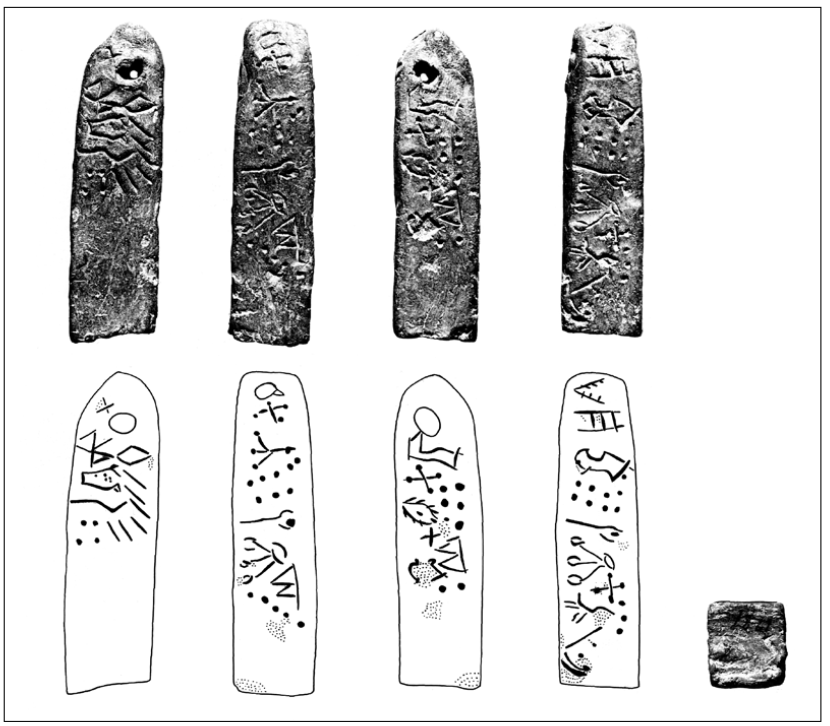
Figure 7: Cretan Hieroglyphic bar KN Hh (04) 03 / #058, 1.8 × 6.8 cm, circles on the first and third drawing are the holes for suspension (Olivier and Godart 1996: 111).
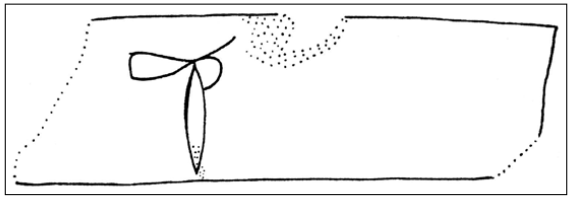
Figure 8: Linear B tablet KN Xd 7813+7953 verso, 5.9 × 1.85 cm (Chadwick et al. 1997: 299).
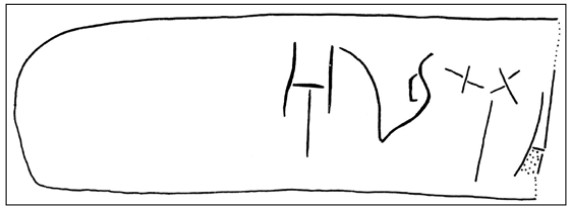
Figure 9: Linear B tablet KN Sc 237 verso, 7.3 × 2.35 cm (Chadwick et al. 1986: 103).











